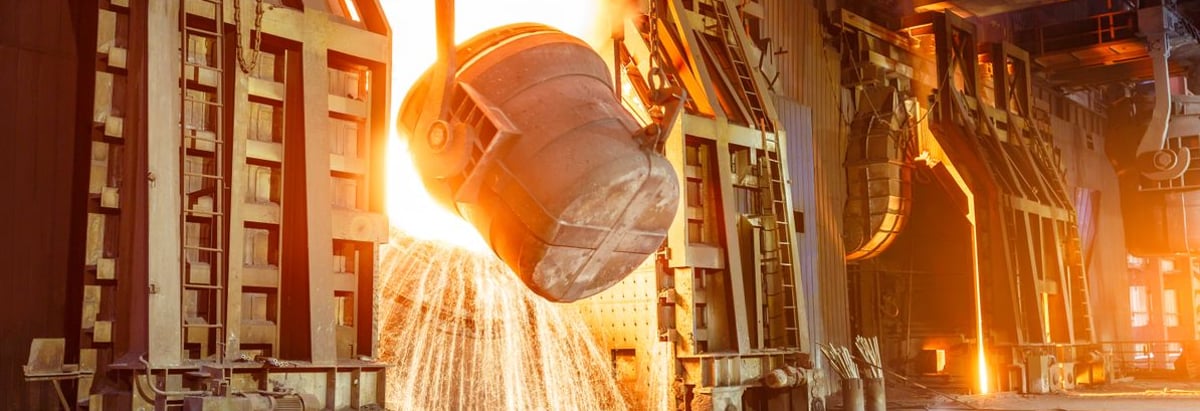- India
- /
- Metals and Mining
- /
- NSEI:SUPREMEENG
What Can We Make Of Supreme Engineering Limited’s (NSE:SUPREMEENG) High Return On Capital?

Want to participate in a short research study? Help shape the future of investing tools and you could win a $250 gift card!
Today we are going to look at Supreme Engineering Limited (NSE:SUPREMEENG) to see whether it might be an attractive investment prospect. To be precise, we'll consider its Return On Capital Employed (ROCE), as that will inform our view of the quality of the business.
Firstly, we'll go over how we calculate ROCE. Next, we'll compare it to others in its industry. Last but not least, we'll look at what impact its current liabilities have on its ROCE.
Understanding Return On Capital Employed (ROCE)
ROCE measures the amount of pre-tax profits a company can generate from the capital employed in its business. Generally speaking a higher ROCE is better. Ultimately, it is a useful but imperfect metric. Author Edwin Whiting says to be careful when comparing the ROCE of different businesses, since 'No two businesses are exactly alike.'
How Do You Calculate Return On Capital Employed?
Analysts use this formula to calculate return on capital employed:
Return on Capital Employed = Earnings Before Interest and Tax (EBIT) ÷ (Total Assets - Current Liabilities)
Or for Supreme Engineering:
0.22 = ₹159m ÷ (₹1.9b - ₹1.2b) (Based on the trailing twelve months to September 2018.)
Therefore, Supreme Engineering has an ROCE of 22%.
Check out our latest analysis for Supreme Engineering
Is Supreme Engineering's ROCE Good?
When making comparisons between similar businesses, investors may find ROCE useful. Supreme Engineering's ROCE appears to be substantially greater than the 16% average in the Metals and Mining industry. I think that's good to see, since it implies the company is better than other companies at making the most of its capital. Regardless of where Supreme Engineering sits next to its industry, its ROCE in absolute terms appears satisfactory, and this company could be worth a closer look.
In our analysis, Supreme Engineering's ROCE appears to be 22%, compared to 3 years ago, when its ROCE was 14%. This makes us wonder if the company is improving.

Remember that this metric is backwards looking - it shows what has happened in the past, and does not accurately predict the future. ROCE can be deceptive for cyclical businesses, as returns can look incredible in boom times, and terribly low in downturns. ROCE is only a point-in-time measure. Given the industry it operates in, Supreme Engineering could be considered cyclical. If Supreme Engineering is cyclical, it could make sense to check out this freegraph of past earnings, revenue and cash flow.
How Supreme Engineering's Current Liabilities Impact Its ROCE
Short term (or current) liabilities, are things like supplier invoices, overdrafts, or tax bills that need to be paid within 12 months. Due to the way ROCE is calculated, a high level of current liabilities makes a company look as though it has less capital employed, and thus can (sometimes unfairly) boost the ROCE. To check the impact of this, we calculate if a company has high current liabilities relative to its total assets.
Supreme Engineering has total liabilities of ₹1.2b and total assets of ₹1.9b. Therefore its current liabilities are equivalent to approximately 63% of its total assets. Supreme Engineering has a relatively high level of current liabilities, boosting its ROCE meaningfully.
The Bottom Line On Supreme Engineering's ROCE
While its ROCE looks decent, it wouldn't look so good if it reduced current liabilities. Of course, you might find a fantastic investment by looking at a few good candidates. So take a peek at this freelist of companies with modest (or no) debt, trading on a P/E below 20.
If you like to buy stocks alongside management, then you might just love this freelist of companies. (Hint: insiders have been buying them).
To help readers see past the short term volatility of the financial market, we aim to bring you a long-term focused research analysis purely driven by fundamental data. Note that our analysis does not factor in the latest price-sensitive company announcements.
The author is an independent contributor and at the time of publication had no position in the stocks mentioned. For errors that warrant correction please contact the editor at editorial-team@simplywallst.com.
Simply Wall St analyst Simply Wall St and Simply Wall St have no position in any of the companies mentioned. This article is general in nature. We provide commentary based on historical data and analyst forecasts only using an unbiased methodology and our articles are not intended to be financial advice. It does not constitute a recommendation to buy or sell any stock and does not take account of your objectives, or your financial situation. We aim to bring you long-term focused analysis driven by fundamental data. Note that our analysis may not factor in the latest price-sensitive company announcements or qualitative material.
About NSEI:SUPREMEENG
Supreme Engineering
Engages in the manufacture and sale of steel products in India.
Slight and overvalued.
Similar Companies
Market Insights
Community Narratives




